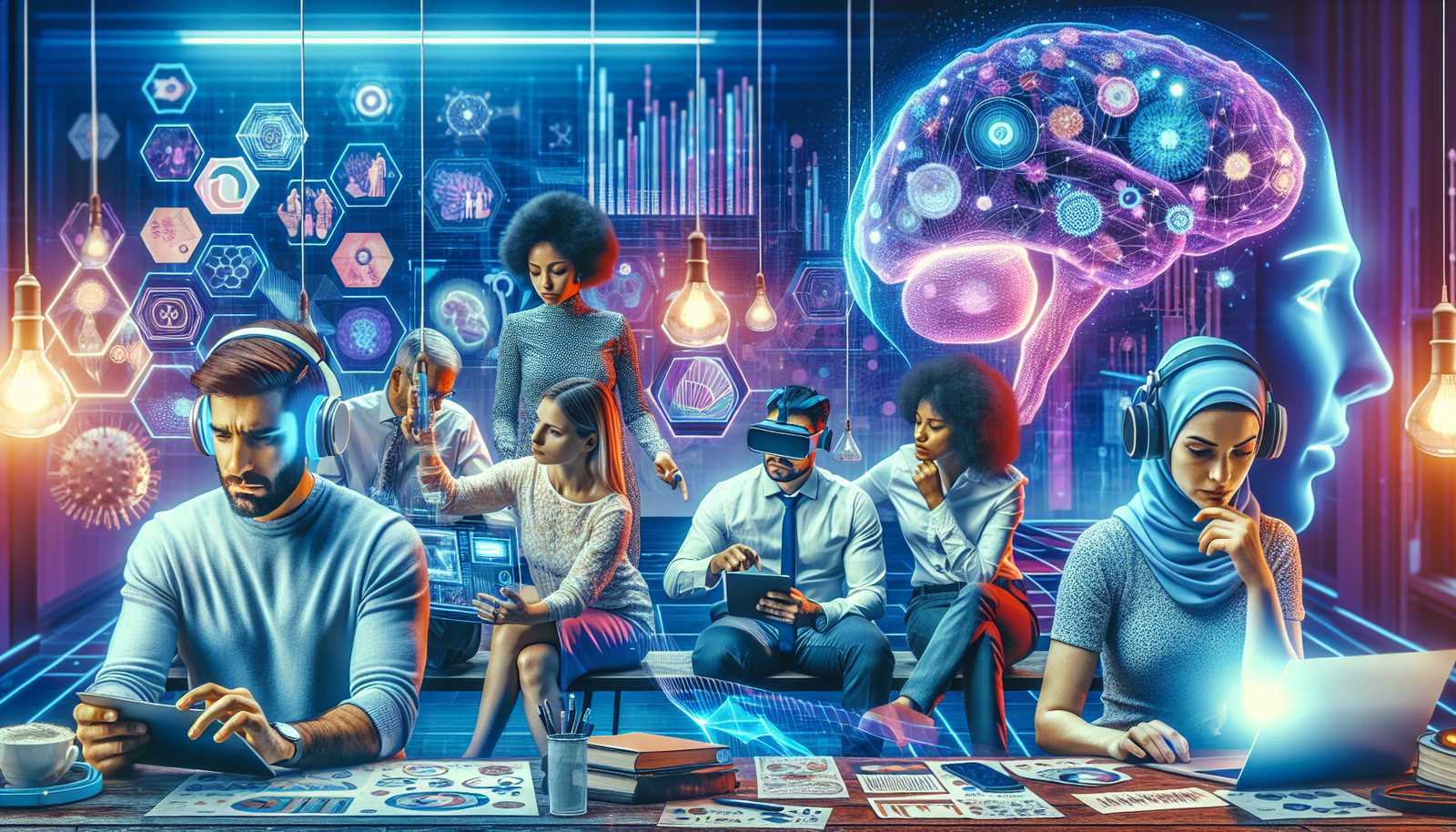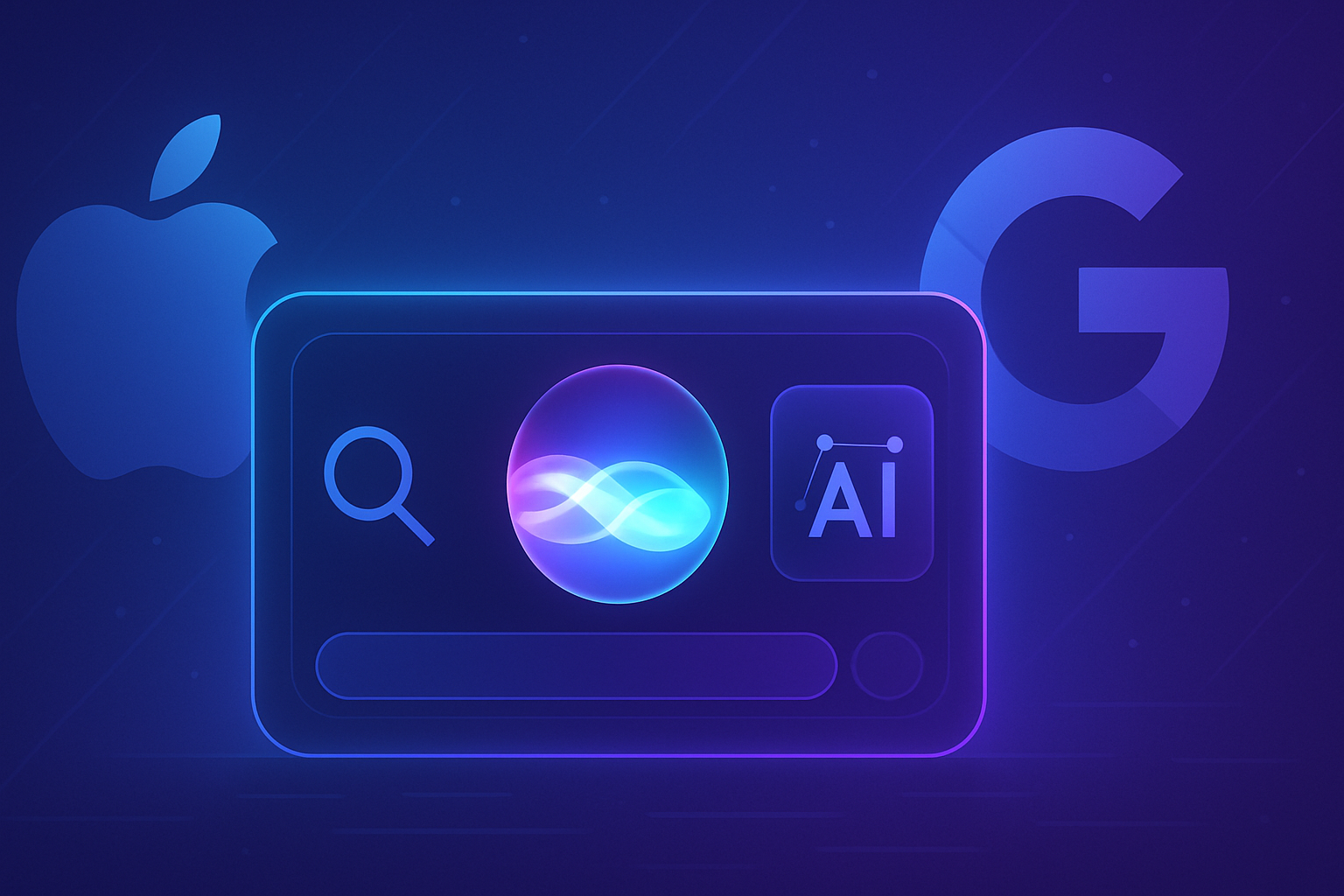The quest to understand the cognitive limitations of multimodal language models represents a major challenge for artificial intelligence. Recent technological advancements raise essential questions about the fidelity of the human performances that these models claim to match. Evaluating these systems through specific psychological tasks proves crucial for grasping their ability to process complex visual information. The results of such analyses could revolutionize not only our understanding of human-machine interactions but also the future applications of LLMs. A deep understanding of these cognitive mechanisms could thus redefine the boundaries between human and machine.
Evaluation of the Visual Cognition of Multimodal LLMs
Research on the visual cognition of multimodal language models (LLMs) is intensifying. Scientists from the Max Planck Institute for Biological Cybernetics, the Institute for Human-Centered AI at Helmholtz Munich, and the University of Tübingen are examining this issue. Their study aims to determine the extent to which these models grasp complex interactions within visual cognition tasks.
Results of Psychological Experimentation
The results, published in Nature Machine Intelligence, reveal that some LLMs excel in data processing tasks. These models manage to interpret simple data but often struggle to grasp nuances that humans easily understand. This weakness raises questions about the true degree of *cognition* of these systems.
The researchers drew inspiration from a landmark publication by Brenden M. Lake et al. This paper examines the essential cognitive elements for cataloging a model as human-like. Thus, the research team designed experiments specifically tailored to test the cognitive capabilities of LLMs.
Developed Psychological Tasks
The scientists devised a series of controlled experiments, using tasks derived from previous psychological studies. This innovative approach allows for rigorous evaluation of the capabilities of artificial intelligence models. Among the trials, the models were confronted with situations of intuitive physics, where images of block towers were provided to assess their stability.
The models were also required to infer causal relationships or understand the preferences of alternative agents. The results were compared to the performances of a group of human participants, allowing for a precise analysis of similarities and divergences in responses.
Observations and Limitations
Comparisons between the responses of LLMs and those of humans highlighted areas of convergence and significant gaps. Although some models master the processing of basic visual data, they encounter difficulties when it comes to reproducing subtler aspects of human cognition.
The researchers are questioning whether these limitations can be overcome through an expansion of the training data sample. This inquiry fuels a larger debate surrounding the inductive biases necessary for the development of more effective LLMs.
Future Development Perspectives
The research conducted by the team paves the way for new investigations into the cognitive abilities of LLMs. Currently, the models tested are pre-trained on vast datasets. However, the researchers are looking to evaluate refined models on specific tasks involved in their experiments.
Initial observations indicate that the fine-tuning process can significantly enhance the models’ performance on specific tasks. Preliminary results suggest a capacity for learning, although it is estimated that these advancements do not guarantee generalized understanding across various types of tasks, which remains an essential human property.
*Future research on LLMs* should delve deeper into multimodal capabilities while integrating processing modules, such as a physics engine. This approach could potentially foster a better understanding of the physical world, similar to that observed in children from a young age.
FAQ on Psychological Tasks to Evaluate the Visual Cognition Limits of Multimodal LLMs
What are the main psychological tasks used to evaluate the visual cognition of multimodal LLMs?
The main tasks include assessments on intuitive physics, causal relationships, and understanding human preferences. These tests measure how LLMs interpret and respond to complex visual situations.
How do the results of multimodal LLMs compare to those of humans in visual cognition tests?
Although some LLMs show good performance in processing visual data, they often struggle to understand the nuances and complexities that humans instinctively perceive.
What is the importance of diversity in training data for multimodal LLMs?
Diversity in training data can influence the models’ ability to understand and respond to complex visual tasks. A good representation of various scenarios can improve their performance.
Can multimodal language models simulate human reasoning on visual cognition tasks?
Currently, multimodal language models struggle to emulate human visual reasoning, particularly for tasks requiring a deep understanding of causal relationships and preferences.
What adjustments could improve the performance of LLMs in visual cognition tasks?
Adjustments such as integrating specific processing modules, like a physics engine, could help models develop a more robust understanding of visual and physical interactions.
How do researchers evaluate the effectiveness of LLMs in psychological tasks?
Researchers conduct controlled tests in direct comparison with human participants, measuring the models’ responses to visual stimuli and analyzing the differences in performance.
What challenges remain in evaluating the cognitive abilities of multimodal LLMs?
The main challenges include understanding nuances and subtleties in complex scenarios as well as questioning whether these limitations can be overcome by increasing model size or data diversity.
What role does fine-tuning play in the performance of LLMs?
Fine-tuning enhances the specialization of models for specific tasks, but does not always ensure generalized understanding across a variety of tasks, which remains a human strength.






